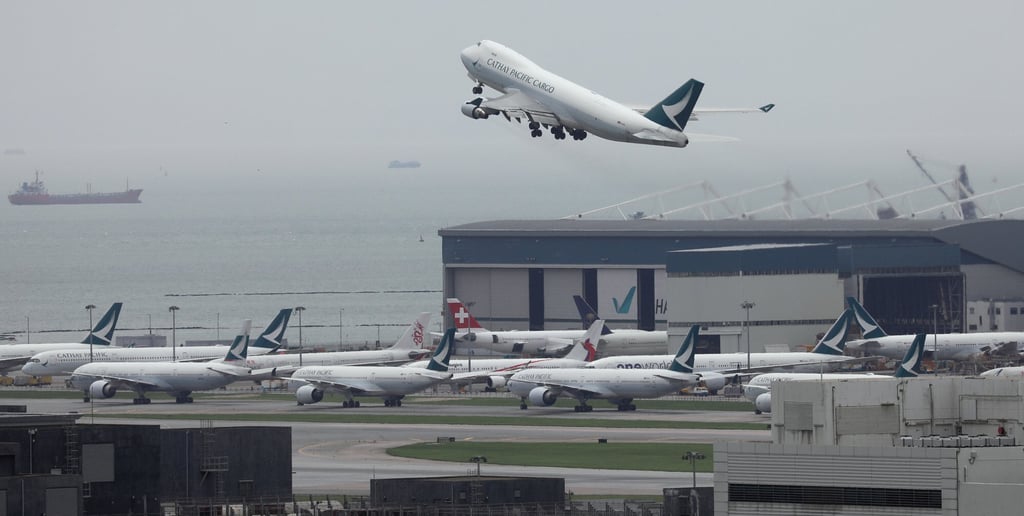Sustainable finance: ‘greenwashing’ concerns raised as Hong Kong airport floats US$4 billion bonds package to fund growth, decarbonisation
- Paris-based climate campaigner Reclaim Finance calls on investors not to participate in issuance to avoid ‘greenwashing and reputational risks’
- AA earmarks proceeds from the green tranche for funding decarbonisation and climate-change adaptation projects

Paris-based climate campaigner Reclaim Finance said the project itself raised “serious climate and biodiversity-related risks” and called on investors not to participate to avoid “greenwashing and reputational risks”.
Greenwashing refers to sustainability benefit claims without clear, agreed definitions on sustainable investment, which could sometimes lead to a false impression of the overall environmental benefits.
“The issuance of a green bond for such a devastating project might have been cleared for take-off, but the biodiversity and climate risks associated with the project speak for themselves,” Lucie Pinson, Reclaim Finance’s director, said in a statement this week. “Sincere investors should stay clear of this bond, if their climate commitments mean anything at all.”
The airport operator declined to comment when approached by the Post.

The airport operator’s green bond has received a preissuance stage certification from the Hong Kong Quality Assurance Agency, which verified the issuer’s adherence to international and national standards on green and sustainable finance.